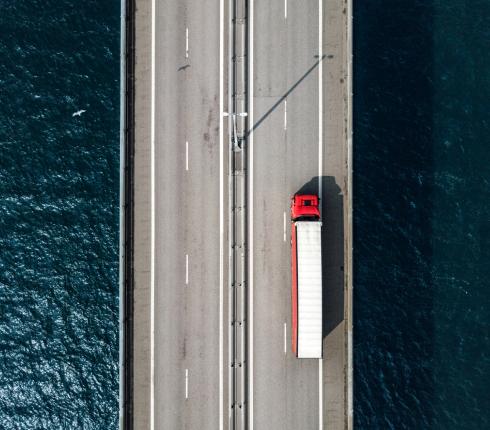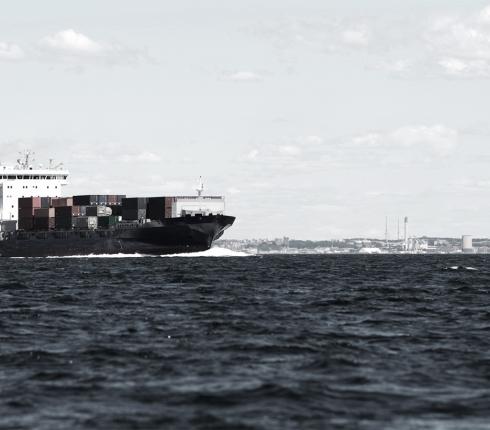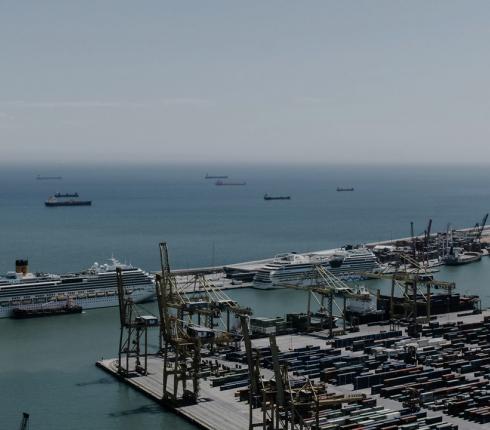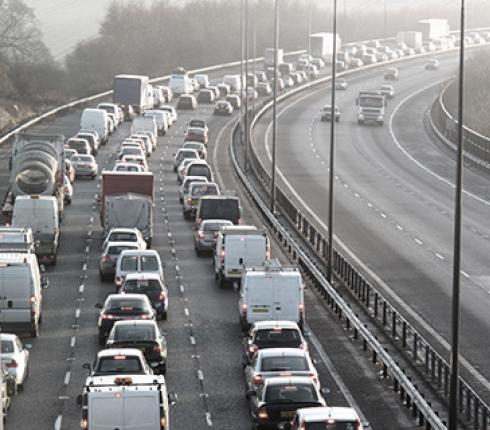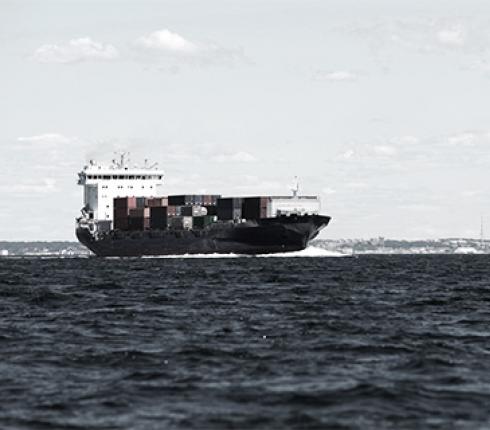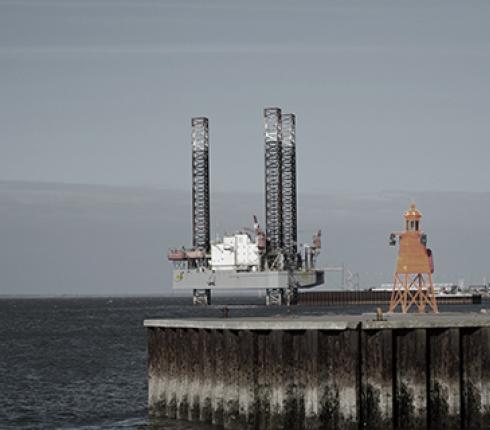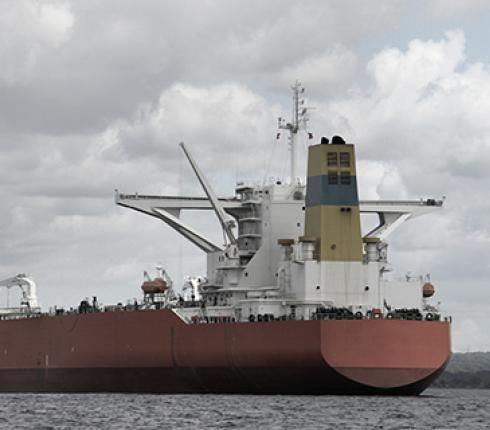Seizure of lorry was not proportionate
In a recent ruling in the wake of the new rules on reckless driving, the Danish Western High Court has ruled on the question of whether the police seizure of a lorry was justified. The district court had ruled that the police had rightly seized the vehicle and that the police also could maintain the seizure. However, based on an overall assessment, the High Court held that the seizure was not proportionate and that the conditions for seizure were therefore not met.

The case concerned a driver who had not contested driving while inebriated. The driver of the vehicle had driven the lorry with a blood alcohol concentration (during or after driving) of more than 2.00 per thousand. The conditions for the seizure of the vehicle because of recklessness were, therefore, as a starting point, met. We have written about the very same rules in a previous news story, which can be read here:
Third-party seizure
In the case, the High Court held that, since the case concerned third party seizure, an assessment had to be made as to whether the seizure was disproportionately intrusive. Therefore, the ruling is interesting as it comes in the wake of the new rules on reckless driving, which permits the police to seize leased vehicles – i.e., cases where the driver is not the person who actually owns the vehicle.
As regards the seizure/confiscation of a haulier's vehicle, according to the High Court, the assessment includes, among other things, whether the haulier has carried out examinations of the driver prior to her/his employment. For example, whether he or she has previously been convicted of drunk driving or other offences. Based on the information supplied by the haulier, the High Court stated that the ability of the haulier to know that the lorry would be used for drunk-driving was quite limited.
The driver was dismissed on the day of the incident and subsequently travelled abroad. In this context, the High Court found that any claim for compensation against the driver in question was therefore illusory.
Based on an overall assessment, the High Court thus concluded that the seizure of the vehicle had to be considered disproportionately intrusive.
NJORD's COMMENTS
This judgment is significant for the industry as it addresses proportionality when sentencing – that is, the link between the offence and the sentencing. Thus, NJORD focuses heavily on how severe penalties are imposed for certain violations in the industry – penalties that are not necessarily proportionate to the offence. Therefore, the new judgment could be an important new marker when deciding on the level of punishment.


